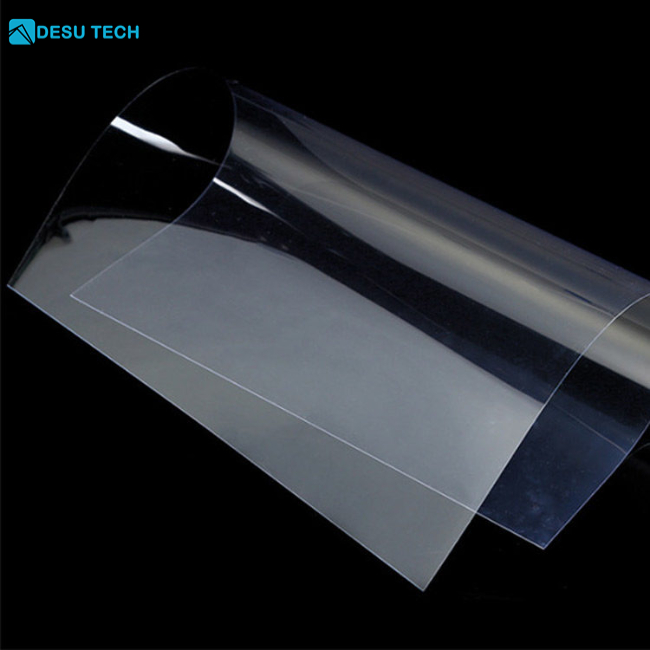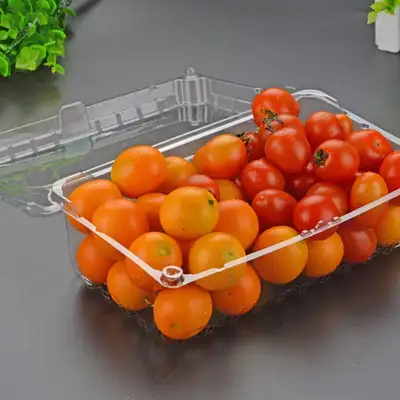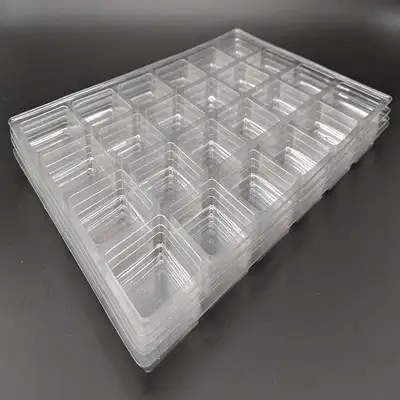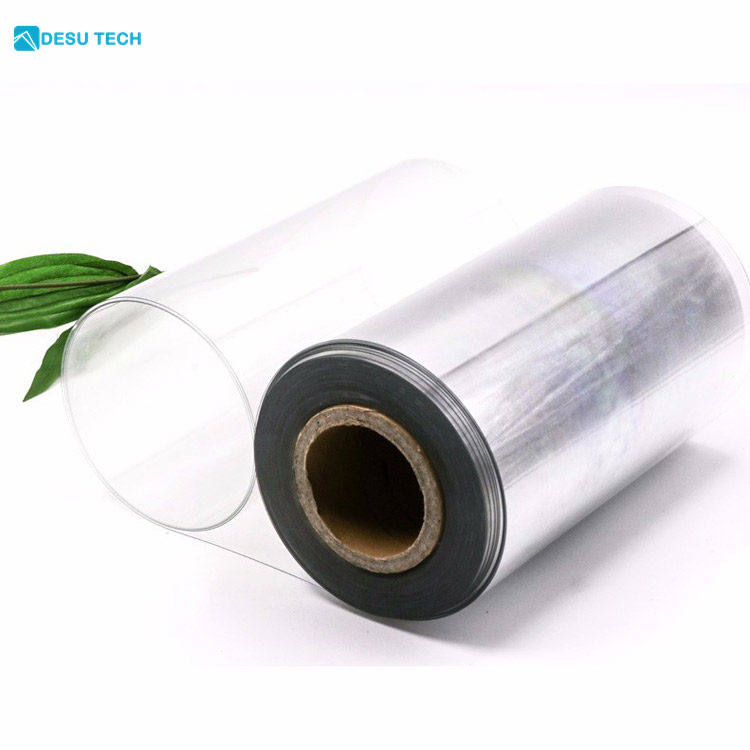
Specification
- Brand: DESU
- Origin: Shanghai, China
- Width: 300-1400mm
- Barrier material:0.5 mm Pet plastic sheet
- Processing methods: Lamination / Multilayer co-extrusion
- Thickness: 0.2-2.0mm
- Weight: 50-150kg/roll
- Shape: Roll/Sheet
- Color: Transparent /Custom color
- MOQ: 5tons
Introduction of 0.5 mm Pet plastic sheet
The 0.5 mm PET plastic sheet is a thin yet durable material that finds applications in numerous industries, including packaging, electronics, automotive, medical, and more. Its key features include:
1. Transparency: PET plastic sheets offer excellent clarity, making them an ideal choice for applications where visibility of the contents is crucial, such as in packaging.
2. Lightweight: Being a thin sheet, the 0.5 mm PET plastic is lightweight, which is advantageous for applications where weight reduction is desired without compromising strength.
3. High Strength: Despite its thin profile, PET plastic exhibits remarkable tensile strength, ensuring the material can withstand various stresses and mechanical loads.
4. Chemical Resistance: PET plastic sheets are resistant to many chemicals, oils, and greases, making them suitable for use in challenging environments.
5. Thermal Stability: PET plastic sheets have good heat resistance, making them capable of withstanding moderate temperature fluctuations.
6. Recyclability: PET is a recyclable material, aligning with the growing demand for eco-friendly and sustainable solutions.
Common applications of 0.5 mm PET plastic sheets include:
1. Packaging: Transparent packaging for food, electronics, cosmetics, and other consumer products.
2. Face Shields and Protective Visors: Due to its transparency and strength, it can be used in the production of face shields and protective visors.
3. Overlays and Laminates: PET plastic sheets are used to create overlays for electronic devices and as protective laminates for various products.
4. Medical and Pharmaceutical: PET sheets can be found in medical trays, blister packaging, and other healthcare applications.
Thermoforming: The sheets can be easily thermoformed into different shapes for various industrial and consumer applications.



Features of 0.5mm PET plastic sheet
0.5 mm PET plastic sheet has several key properties that make it a popular and versatile material in various industries. Some notable features include:
1. Easy Processing: PET plastic sheets are easily processable through techniques like thermoforming, vacuum forming, and die cutting. This feature allows for efficient and cost-effective fabrication of custom shapes and sizes.
2. Versatility: The 0.5 mm PET plastic sheet is versatile and finds applications in various industries, including packaging, electronics, medical, stationery, and more.
3. FDA Compliance: PET plastic sheets can be manufactured with FDA-compliant grades, making them suitable for food packaging and other applications where regulatory approvals are necessary.
4. Impact Resistance: PET plastic sheets offer good impact resistance, ensuring they can withstand accidental drops or collisions without breaking easily.
5. UV Resistance: PET plastic sheets can be formulated with UV stabilizers to enhance their resistance to ultraviolet (UV) radiation, making them suitable for outdoor applications.
6. Low Water Absorption: PET plastic has low water absorption characteristics, making it suitable for applications where moisture resistance is essential.


Production process of 0.5mm PET plastic sheet
The production process of 0.5mm PET (Polyethylene terephthalate) plastic sheets typically involves several steps. Here’s an overview of the production process:
1. Polymerization: The process starts with the polymerization of raw materials. In this step, terephthalic acid and ethylene glycol are reacted to produce PET pellets or granules.
2. Extrusion: The PET pellets are then fed into an extruder, where they are melted at a high temperature and pressure to form a uniform molten mass.
3. Sheet Formation: The molten PET is extruded through a flat die to create a continuous thin sheet of plastic. This sheet is initially hot and flexible.
4. Cooling: As the extruded sheet comes out of the die, it passes through a cooling system, such as a series of chilled rollers or air-cooling units, to rapidly cool and solidify the plastic.
5. Sheet Thickness Control: To achieve the desired thickness of 0.5mm, the sheet goes through a series of gauge rolls or calibration units that precisely control the thickness of the plastic.
6. Solidification: After the sheet is cooled and its thickness is controlled, it becomes solid and semi-rigid.
7. Trimming and Cutting: The solidified sheet is trimmed to remove any uneven edges or irregularities and then cut into standard sizes, typically in rolls or sheets.
8. Surface Treatment (Optional): Depending on the application, the PET plastic sheets may undergo surface treatment to enhance adhesion, printability, or other specific characteristics.
9. Quality Control: Throughout the production process, quality control checks are performed to ensure that the PET plastic sheets meet the required specifications, including thickness, dimensions, and physical properties.
10. Packaging and Storage: Once the PET plastic sheets pass quality checks, they are packaged and stored properly to prevent damage or contamination until they are ready for distribution and use.
It’s important to note that the actual production process might vary depending on the specific equipment and technology used by the manufacturer. Additionally, recycling processes may be employed to produce PET plastic sheets from post-consumer or post-industrial PET waste, contributing to sustainability efforts in the plastic industry.
